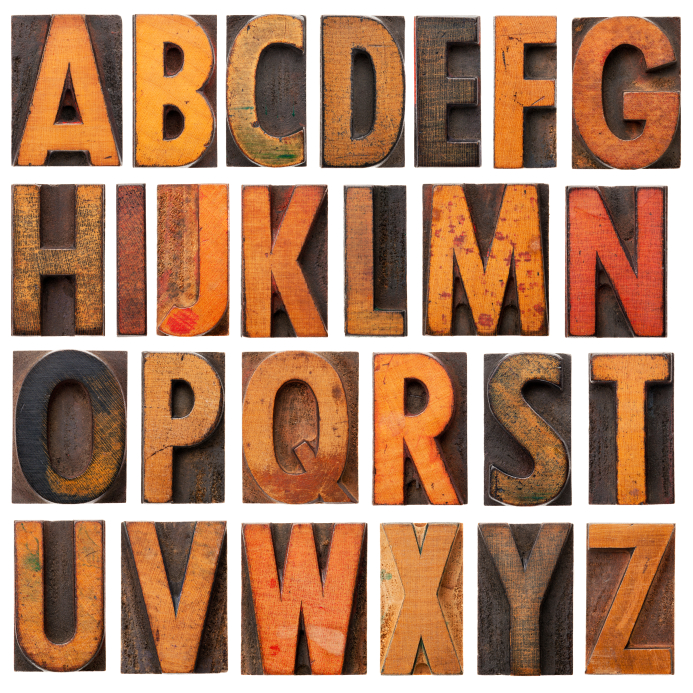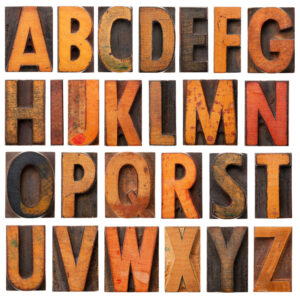Teachers often say that the “light bulb moment” — the minute when you just know a student finally gets it — is one of the largest reasons for why they teach. It makes the hard work worthwhile. As a former teacher, many of my student’s earliest struggles were tied to reading. But when I saw a student sit down with a book they’ve never read before, watched as they slowly made their way through each sentence, and then finally reached the end, without having to ask you a question, that was my ultimate “light bulb moment.”
Thinking about the struggles of my earliest students and then on my past six months at Stanton Communications, I realized several parallels between learning to read and mastering PR. Here are my four:
Decoding
Decoding is the one of the first skills students should use when they come across an unfamiliar word. Kids must break the word down, either by sounding it out letter by letter or chunking the word into parts they already know. Then they put those sounds back together again and read the whole word. Suddenly (if they sounded it out correctly) the word is no longer unfamiliar—it holds meaning. In PR, we do our own decoding while working on a new campaign or with a new client. You begin with an unfamiliar big picture and a goal for yourself and your team. Over time, you break it into smaller tasks, analyze your tasks, and pull it back together again, thereby giving the project meaning for both your team and your client.
Metacognitive Strategies
Have you ever had to read, and then reread, and then reread again? Once you’ve got the decoding down, comprehension mastery is next up. Readers must build on what teachers refer to as “metacognitive strategies” so that students can think about what they’re reading and comprehend it. In PR, we use our own metacognitive strategies to think as we work. We ask, “What has already been done with our clients? What needs to happen next? What could I do differently now to have a bigger impact later?”
Engagement
Teachers know that unless students find the subject matter interesting, or feel as though they can relate to it in some way, they could care less about the lesson of the day. Public relations is no different. You’ll do better work if you like what you’re doing and are engaged, and take pride in your work. Take it a step further—don’t wait for projects to be assigned. Constantly brainstorm new ideas that can not only help your client, but help you further your passion.
Self-Efficacy
When all of this is taken into account, you have a reader—but do you have a confident one? Self-efficacy is the belief and confidence in yourself. When learning to read, kids get frustrated; their self-efficacy is low. But by reaching out to teachers and gaining confidence in what they know, their self-efficacy grows. It’s about experience. Starting out in PR, you may not have all the skills you need, but you can build on them by reaching out and seeking out constructive feedback from others. Don’t let your mistakes get in the way of your future work. Take edits to your press release or infographic in stride and try again. Build your self-efficacy and lean on others for help when you need it.
Like a beginner reader, remember to take things step by step, whether it’s working with a new client or writing an important memo. With enough time and practice, the ABCs of PR will come as easily as they did when you first learned to read.

